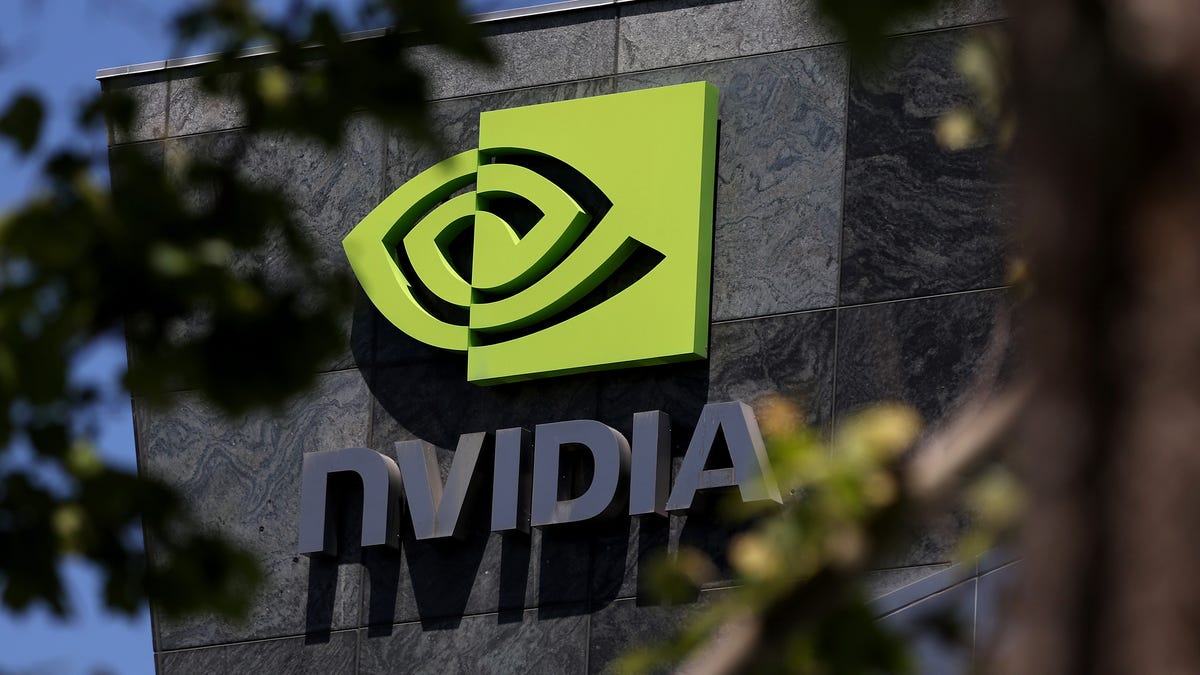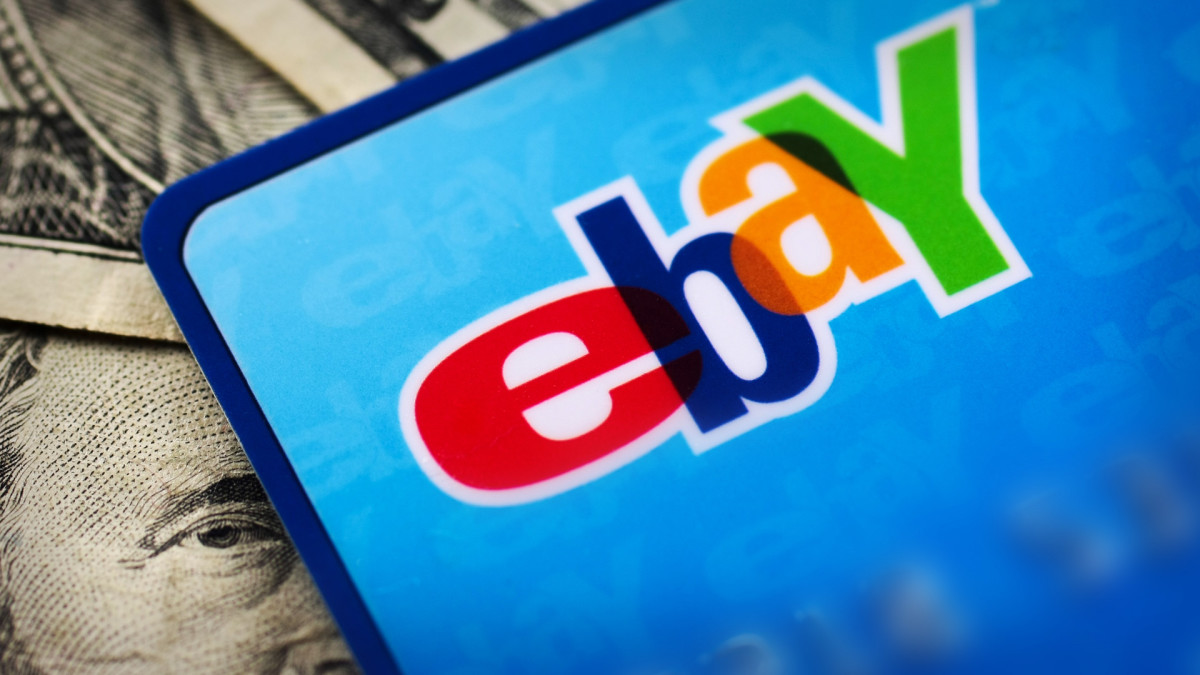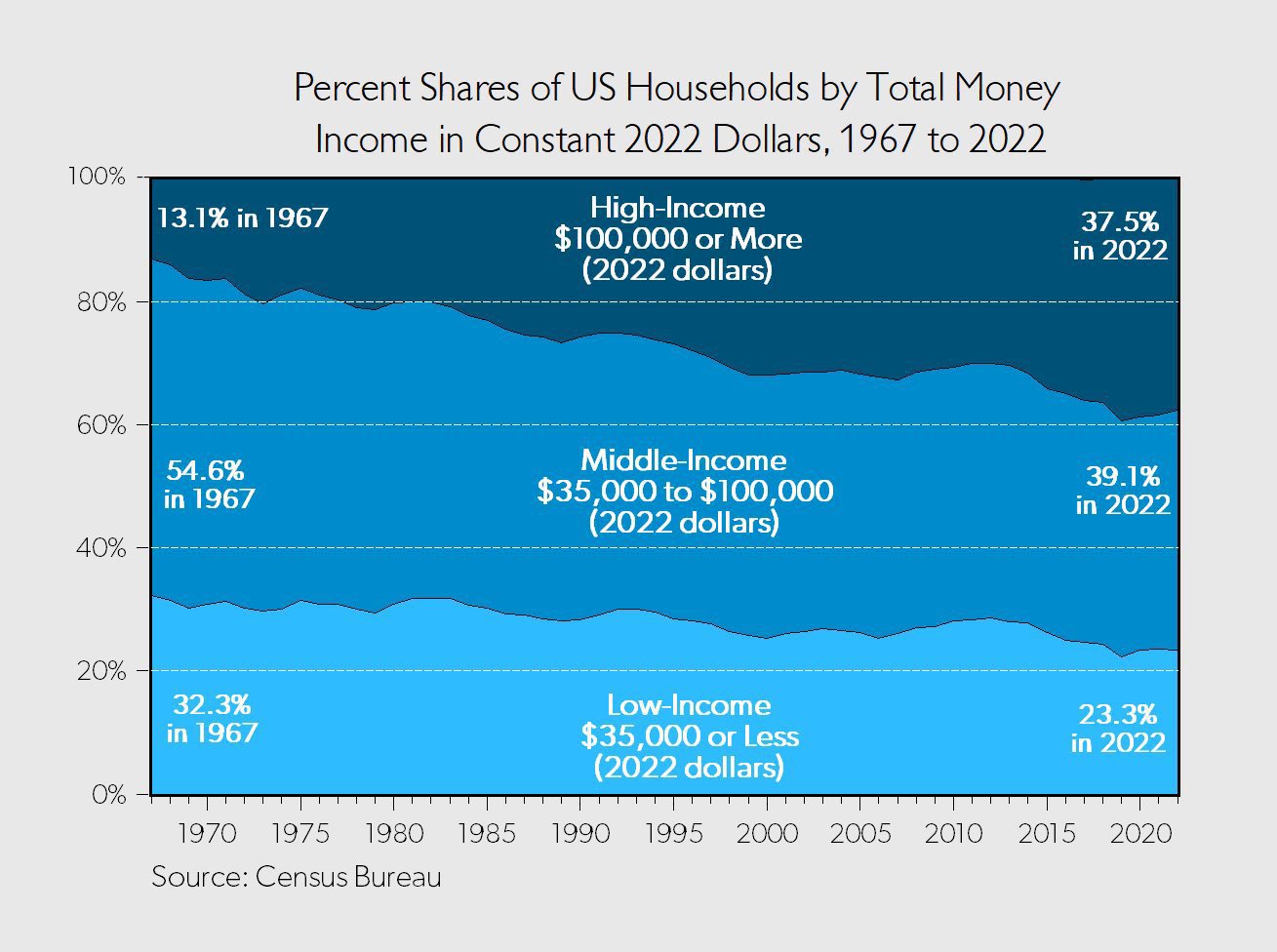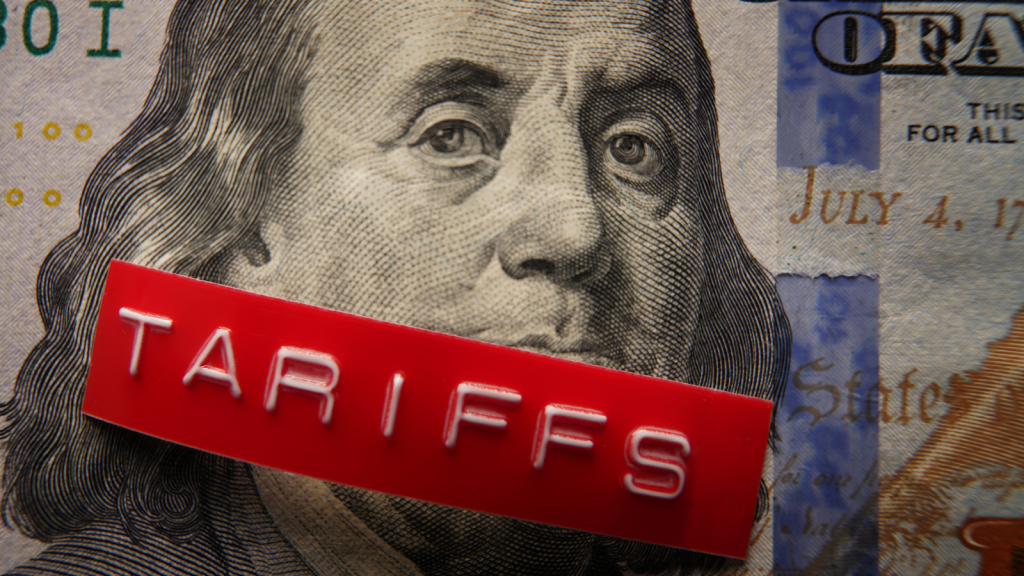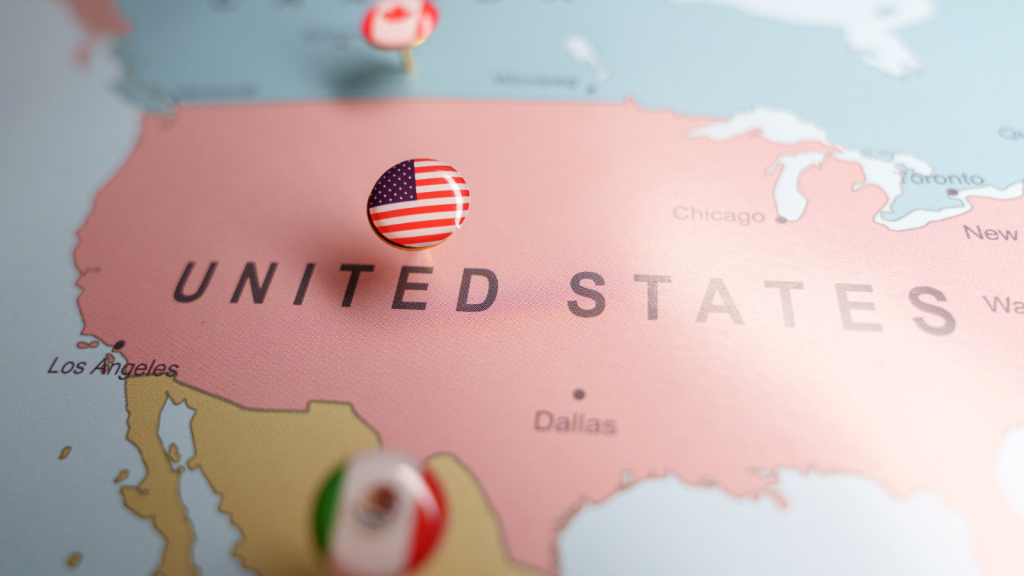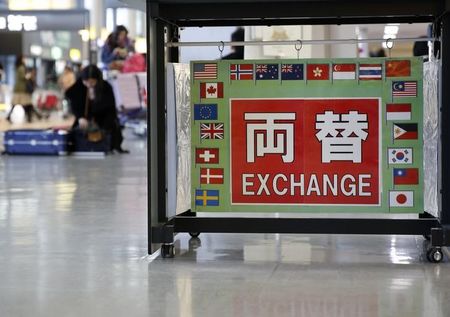These are the planes Spirit will keep after coming out from bankruptcy
The low-cost carrier announced that it was going private on February 20.

After three months of speculation on what would happen after Spirit Airlines (SAVE) filed for Chapter 11 protection in November 2024, the Florida carrier known for its rock-bottom fares confirmed that it would convert $795 million of debt into equity and ultimately go private by handing over control to a group of the airline's biggest bondholders.
"We will emerge as a stronger airline with the financial flexibility to continue providing guests with enhanced travel experiences and greater value," Spirit CEO Ted Christie said in a statement that many saw as overly optimistic.
Don't miss the move: SIGN UP for TheStreet's FREE Daily news
These are the planes that Spirit is keeping and getting rid of post-bankruptcy
Spirit formally announced that it completed the restructuring process to emerge from bankruptcy proceedings on March 12; the official transition to a private company is now expected "in the coming weeks."
According to a Securities and Exchange Commission (SEC) filing first reported by Simple Flying, Spirit post-bankruptcy plans include reducing its fleet size by 21 additional planes.
Related: Spirit is going private (here is what you need to know)
The carrier runs a fleet made up exclusively of Airbus (EADSF) A320 and A321 models and reported plans to have and operate 49 A320ceo, 91 A320neo, 22 A321ceo, and 34 A321neo planes by the end of 2025.
The airline has put 21 A320ceo and A321ceo planes up for sale on Dec. 31 of last year. The March 3 filing further says that Spirit has already sold two single-aisle Airbus models not being "utilized within the operation." Shutterstock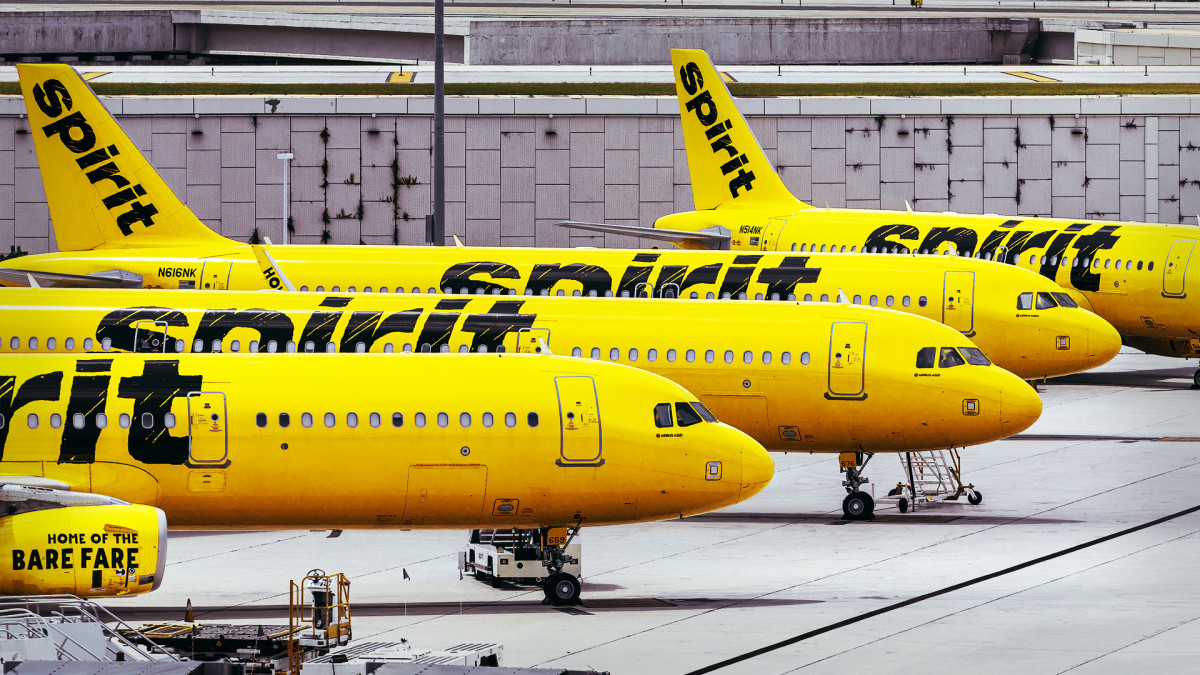
Spirit Airlines reports 'loss on disposal of assets' to SEC
The airline clarified that it sustained a $273.9 million loss while waiting to sell off aircraft it had already marked for sale.
"This loss on disposal of assets primarily consisted of a $282.5 million in impairment charges associated with our plan to early retire and sell 23 A320ceo and A321ceo aircraft, a $11.9 million loss related to the sale of 17 A319 airframes and 38 A319 engines, a $2.5 million loss related to the write-off of obsolete assets and other adjustment and a $1.7 million loss related to the two aircraft sale leaseback transactions," the SEC filing reads.
More on travel:
- Vertical class? These are the April Fool's jokes airlines are playing
- Government issues new travel advisory on popular beach destination
- Another country just issued a new visa requirement for visitors
In the March 12 note to its bondholders and travelers, Spirit said that its post-bankruptcy plans also include "redefin[ing] low-fare travel with our new, high-value travel options."
While the business model used before filing for bankruptcy relied on luring in discount-seeking travelers with rock-bottom fares and then charging them extra for any additional features they may realize they need later, Spirit abandoned it for bundles offering increasingly more perks in the summer of 2024.
The basic "Go" fare is the bare-bones seat with only a small personal item like a backpack or a purse while the top "Go Big" fare gives one seat selection, early boarding and free food and WiFi throughout the flight.
Christie has repeatedly hinted at the fact that the airline is looking to transition away from affordability by launching more of what it classifies as luxury or high-end offerings; while this will give the carrier more income streams, it risks alienating its core customer base and losing the affordability edge that made travelers choose it over other airlines.
Related: Veteran fund manager issues dire S&P 500 warning for 2025

























